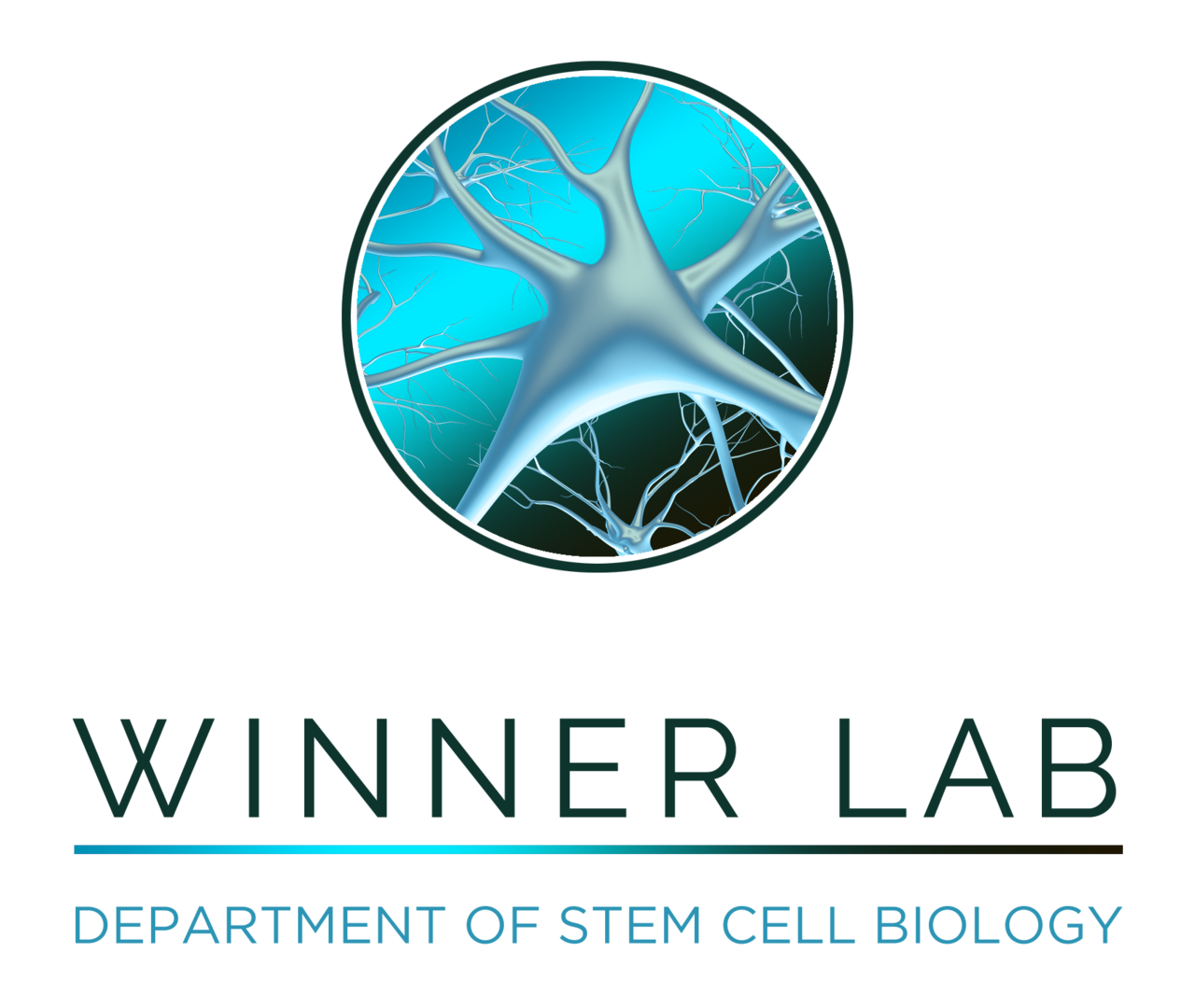Oligomer-prone E57K-mutant alpha-synuclein exacerbates integration deficit of adult hippocampal newborn neurons in transgenic mice
Brain Structure and Function
Neurodegeneration in Parkinson’s disease has been linked to aggregation of the presynaptic protein alpha-synuclein. Specifically, the oligomeric species of alpha-synuclein were suggested to mediate neurotoxicity. Using the adult neurogenic niche as a disease model of alpha-synucleinopathy, we demonstrate a dendrite phenotype of newborn neurons in alpha-synuclein transgenic mice, which is more pronounced when using an oligomer-prone alpha-synuclein mutant. Thus, the adult neurogenic niche serves as a model to improve the understanding of early disease mechanisms in Parkinson’s disease.
Abstract
In the adult mammalian hippocampus, new neurons are constantly added to the dentate gyrus. Adult neurogenesis is impaired in several neurodegenerative mouse models including a-synuclein (a-syn) transgenic mice. Among different a-syn species, a-syn oligomers were reported to be the most toxic species for neurons. Here, we studied the impact of wild-type vs. oligomer-prone a-syn on neurogenesis. We compared the wild-type a-syn transgenic mouse model (Thy1-WTS) to its equivalent transgenic for oligomer-prone E57K-mutant a-syn (Thy1-E57K). Transgenic a-syn was highly expressed within the hippocampus of both models, but was not present within adult neural stem cells and neuroblasts. Proliferation and survival of newly generated neurons were unchanged in both transgenic models. Thy1-WTS showed a minor integration deficit regarding mushroom spine density of newborn neurons, whereas Thy1-E57K exhibited a severe reduction of all spines. We conclude that cell-extrinsic a-syn impairs mushroom spine formation of adult newborn neurons and that oligomer-prone a-syn exacerbates this integration deficit. Moreover, our data suggest that a-syn reduces the survival of newborn neurons by a cell-intrinsic mechanism during the early neuroblast development. The finding of increased spine pathology in Thy1-E57K is a new pathogenic function of oligomeric a-syn and precedes overt neurodegeneration. Thus, it may constitute a readout for therapeutic approaches.




